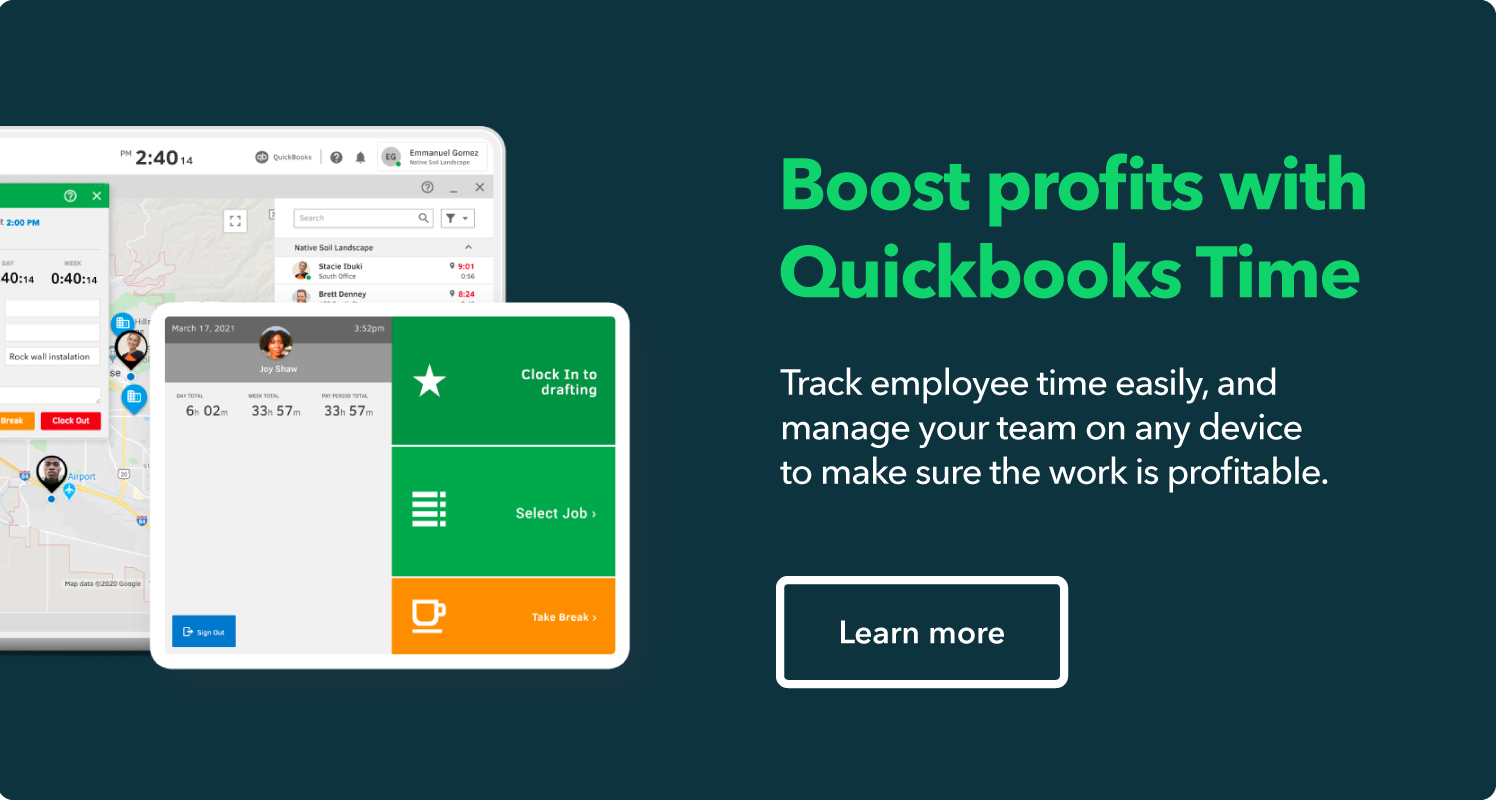The Internet of Things (IoT) is a form of technology that can help individuals and businesses streamline processes and boost productivity by integrating wireless network capabilities into physical objects.
Even if you haven’t heard the term before, you’ve probably been using IoT devices for years. Do any of these sound familiar?
- Smart appliances
- Speakers with voice assistants
- Smartwatches
- Digital health monitors
- Smart home automation
- Security cameras and security systems
According to Kaspersky, more than 60% of companies globally have implemented IoT applications like shipment trackers and supply chain monitoring into their operations strategies.
IoT technology has numerous advantages for small businesses like:
- Sensors to help improve organisation and increase functionality.
- Machine learning that delivers insights to improve sales and marketing strategies.
- Virtual assistants that help people find and connect with your company.
- Cameras, sensors, and artificial intelligence technologies that help companies monitor their facilities and inventory.
Read on to explore what IoT devices are, how they can benefit small businesses, ways to leverage IoT for your business, and examples of IoT throughout different industries.




















